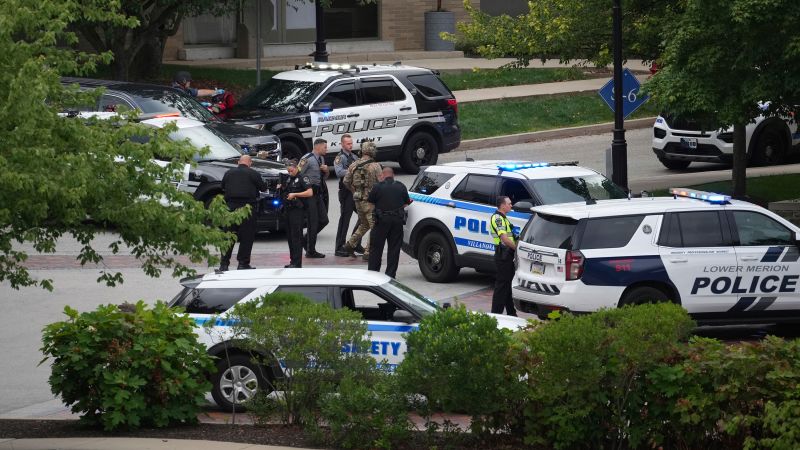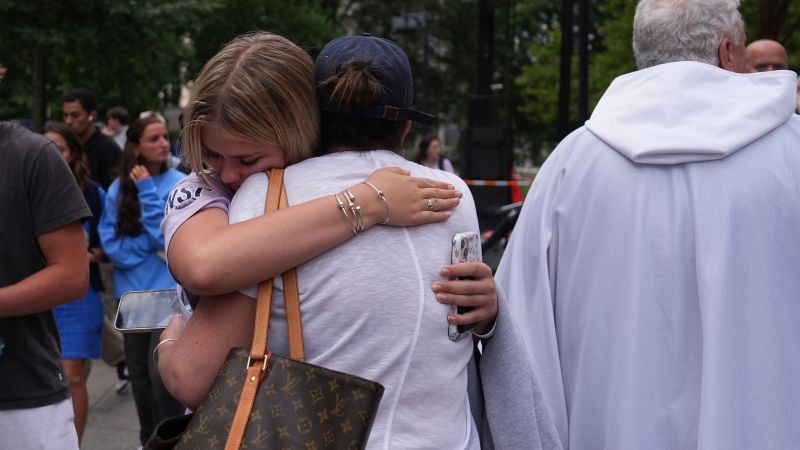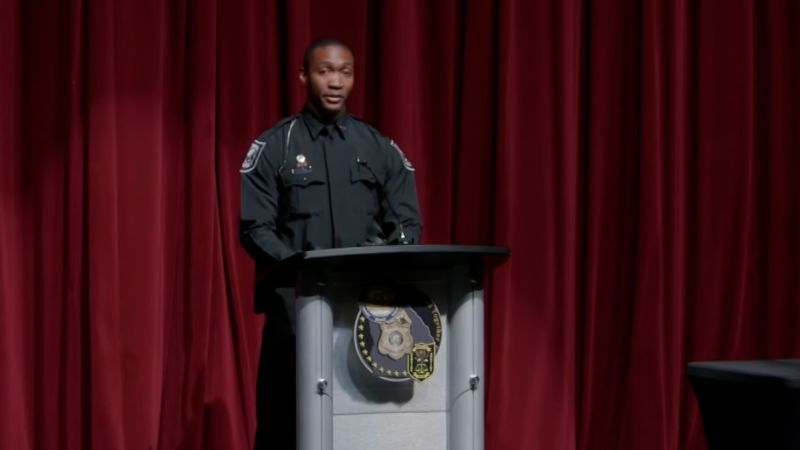
Addressing the Impact of Swatting on College Campuses
Opinion | 9/21/2025
Campus life was disrupted when police responded to a swatting call, a disturbing trend where false emergency reports prompt law enforcement deployment. The scenario often unfolds alarmingly — a frantic individual claims to be in a university library, occasionally punctuated by simulated gunfire sounds. Swatting incidents not only incite fear and chaos but also pose serious risks to both law enforcement and innocent individuals caught in the crossfire.
Swatting calls can trigger a swift and intense police response, leading to tense and potentially dangerous situations on college campuses. Authorities are trained to treat these calls as high-stakes emergencies, mobilizing resources rapidly to address perceived threats. This heightened state of alert can escalate the already fraught atmosphere, creating a volatile environment for all involved.
A White House official emphasized the need for increased vigilance in addressing swatting, citing the potential for these hoaxes to result in tragic consequences. While swatting incidents are often perpetrated as pranks or acts of malicious intent, the repercussions can be far-reaching and severe. The psychological toll on those targeted, the strain on law enforcement resources, and the disruption to academic activities underscore the gravity of these false alarms.
In response to the growing prevalence of swatting, universities are implementing enhanced security measures and conducting drills to prepare staff and students for such scenarios. Heightened awareness, coupled with prompt and coordinated responses, is crucial in mitigating the impact of swatting incidents on campus communities. Despite the challenges posed by these deceptive calls, a proactive approach to prevention and response remains essential in safeguarding campus safety and minimizing the fallout from these dangerous hoaxes.


